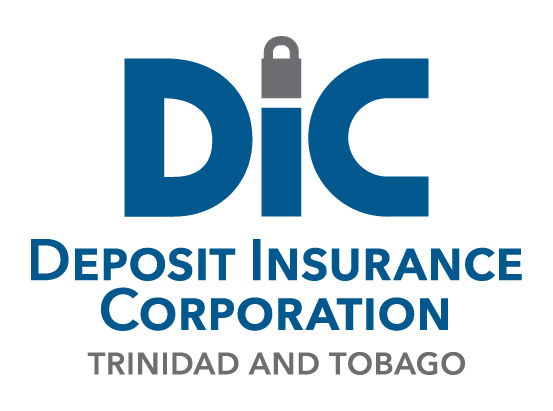The DIC transfers an amount equivalent to the total insured deposits of an institution to a financial institution under an agreement which will enable depositors of the failed institution to collect their entitlements from the financial institution.
Frequently Asked Questions
Did You Know?
- Misconception: Beneficiaries under all trust account arrangements are insured separately. - Fact: The interests held by beneficiaries established under an irrevocable express trust account are insured separately up to the maximum TT$200,000 prescribed limit. Additionally, interests in accounts held by the Settlor, Trustee or Administrator of an irrevocable trust account are insured separately from the interests of the beneficiaries named under …




